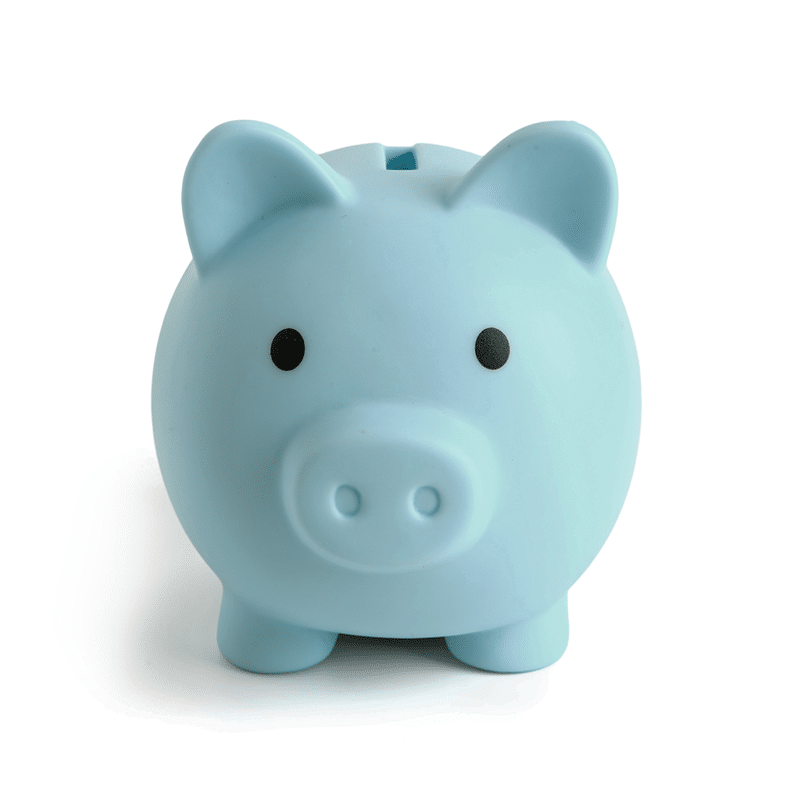
Know Your Audience
Your target audience is at the heart of your social media strategy. Different platforms cater to different demographics, so it’s crucial to understand where your audience spends most of their time. Here are some questions to consider.





Understand Platform Strengths
Each platform has unique features and strengths that appeal to specific audiences and content types. Here’s a quick breakdown of some of the most popular platforms.
Facebook
With a large, diverse user base, Facebook is great for both B2C and B2B businesses. It’s effective for building communities, advertising and sharing long-form content. It’s best for brands with a wide target demographic.
Perfect for visually-driven brands, Instagram excels with high-quality photos, Reels (Meta’s short-form video style) and behind-the-scenes content. It’s ideal for businesses in fashion, food, travel and lifestyle industries.
LinkedIn is your go-to for professional networking, B2B marketing and industry insights. If you’re offering services to other businesses or targeting industry professionals, this is a must-have.
TikTok
For brands targeting younger audiences, TikTok is fantastic for short-form, engaging video content. It’s an excellent platform for viral challenges, entertainment and creative storytelling.
X
Formerly Twitter, this platform is ideal for real-time updates, customer service and engaging with users through quick, text-first, digestible content. It’s great for businesses that have a lot to say in short bursts and want to connect with followers frequently.
This platform is a hub for inspiration, making it perfect for brands in industries like fashion, home decor, DIY and beauty. Pinterest users are often looking for something to spark an idea or to fill a need, which translates into high intent to purchase.
Consider Your Content Capabilities
Your choice of platform should align with your content creation capabilities. If your team excels at producing stunning visuals, Instagram or Pinterest would be ideal. For long-form blog posts, LinkedIn or Facebook might work better.
Evaluate what type of content you can consistently create. If your brand has the resources to generate engaging video content, you might find great success on TikTok or YouTube. On the other hand, if your strength is sharing expert insights or industry knowledge, LinkedIn articles or Facebook posts could be a better fit.


Review Platform Analytics
Most social platforms offer robust analytics tools to help you track performance, engagement and audience demographics. Experiment with different platforms and analyze what drives the best results for your business. If one platform consistently brings more engagement and conversions, that’s a sign to double down on it.
Budget and Resources
Managing multiple social media platforms requires time and resources. Be realistic about your team’s capacity to manage them consistently. It’s better to be highly active and engaging on two platforms than to have a weak presence on five.
Consider if you’ll be investing in paid ads on certain platforms, as some (like Facebook and Instagram) offer advanced advertising features and powerful targeting tools, while others may not.

Align with Your Business Goals
Ultimately, the platforms you choose should align with your broader business goals. Are you focused on brand awareness, driving website traffic, generating leads or boosting sales? For example:


Choosing the right social media platforms can transform your business’ digital presence. By understanding your audience, the strengths of each platform and your own content capabilities, you can build a social media strategy that drives results. Don’t feel pressured to be everywhere at once; start with one or two platforms, analyze your performance and grow from there.

Becky Freismuth
Need help with something? Need a bright idea? Want to talk about music, celebrity news, bucket list travel destinations or where to find the best craft beer in Colorado? Becky’s on it. And in all the things she does, Becky brings energy, positivity and a drive that moves projects, concepts and office interior decorating forward.
